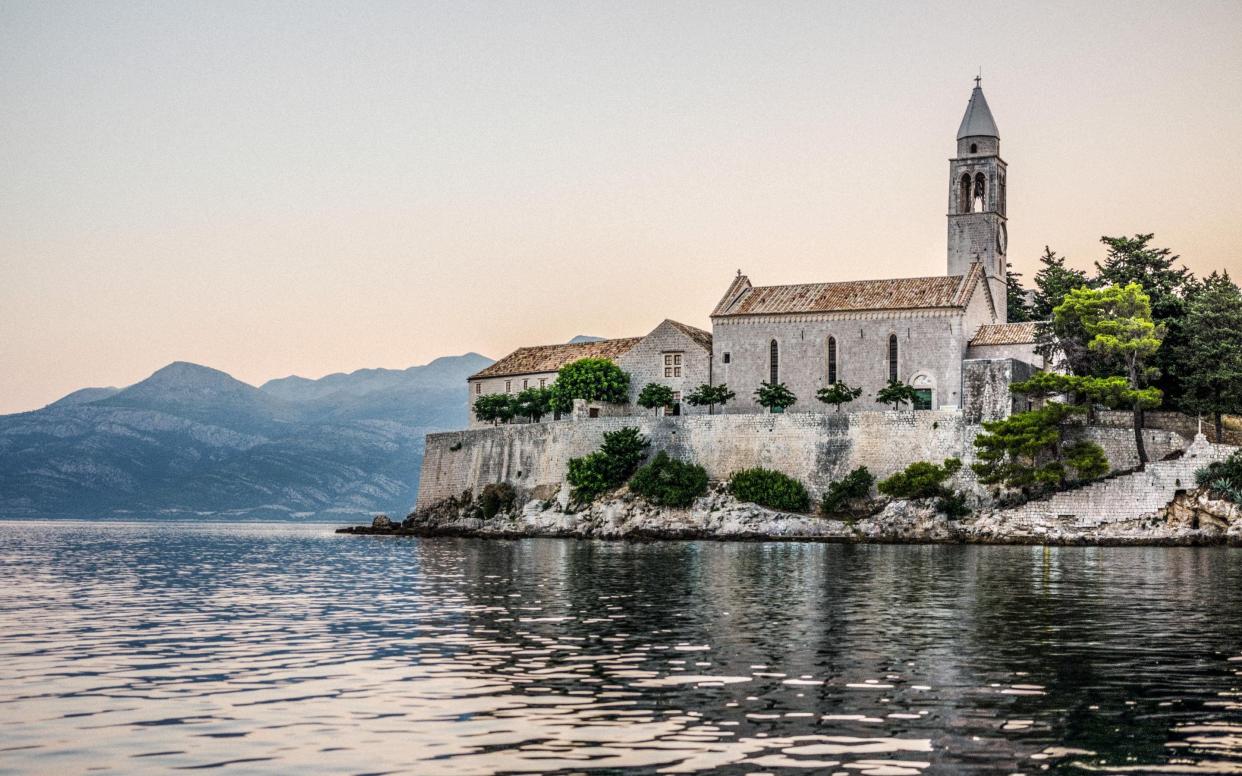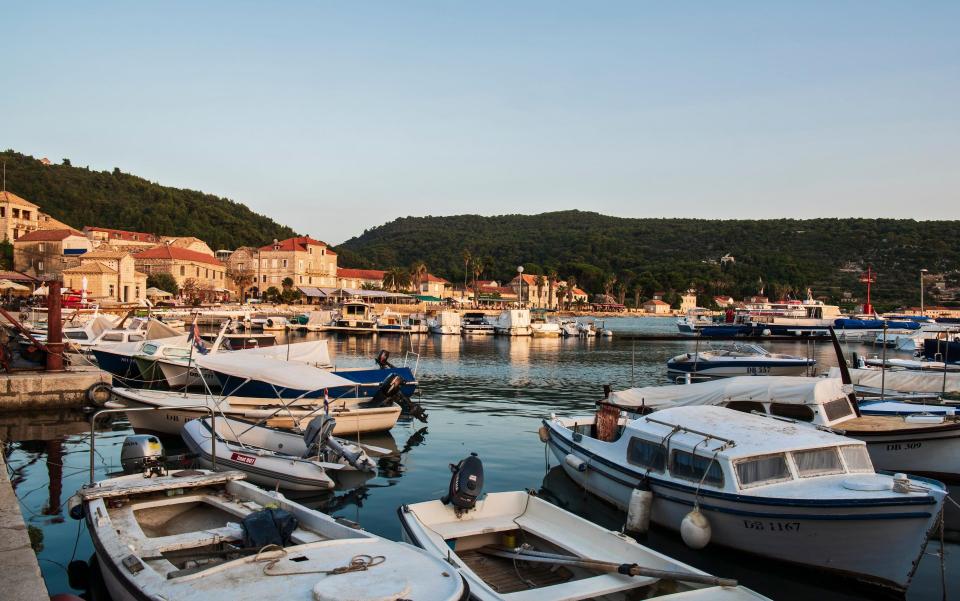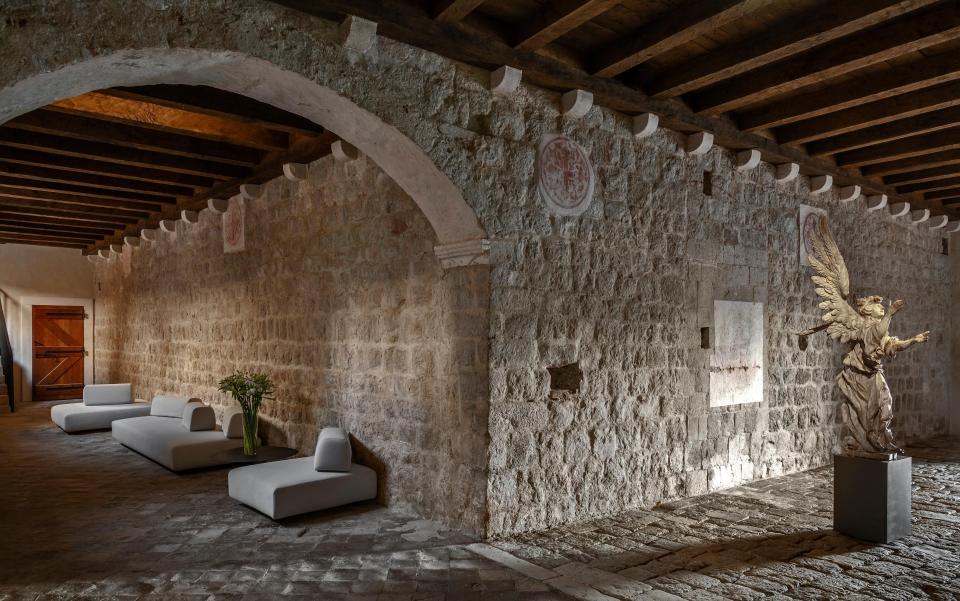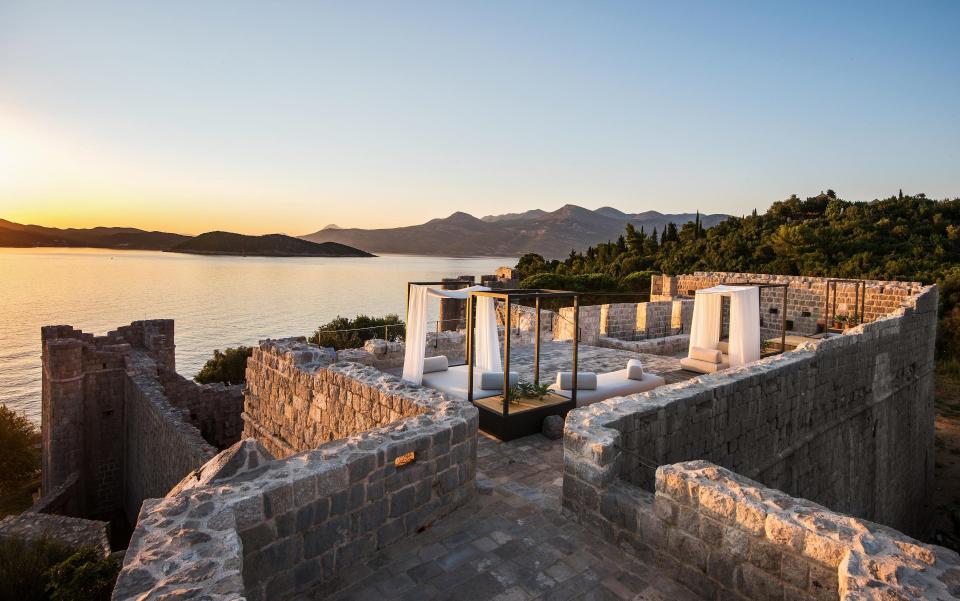The secluded island off Croatia’s coastline that you need to explore

Croatia has become something of a favoured destination for Brits in the past two decades. There’s the eternal, riviera allure of Dubrovnik, of course - its Old Town limestone slabs buffed by successive waves of visitors each summer, but also the long coastline that stretches up to Istria in the north, past the Roman ruins at Split and this year’s rather subdued European Capital of Culture, Rijeka.
And then there are the islands. Thousands of them scattered over the Adriatic like confetti at a wedding, paint splatters on the map, and the reason the Dalmatian dog got its name. Some of them are rather good at making cheese, others at fishing; one has earned a recent reputation for its eco festival and another is the supposed birthplace of Marco Polo.

But the car-free island of Lopud is known for its white-sand beach and now, after more than two decades of restoration, a former monastery-turned-five suite hideaway, that’s home to an idiosyncratic, museum-grade collection of art from one of Europe’s most influential collecting dynasties.
From our first floor bedroom in the former monk’s refectory – all bespoke Italian furniture and Croatian-made organic products – we could look across the bay to tiny Lopud Town, little changed since the 16th century.
The able team here can arrange all sorts of local experiences – we took a golf buggy across the island to the beach and a boat to snorkel in hidden caves; there are canoes and paddle boards, and tables to be booked on nearby islands – but most will want to spend their time within the solid embrace of the monastery.

The project of Francesca Thyssen-Bornemisza, whose father sold his collection to the museum that bears the family name in Madrid, it’s an extraordinary place, with a fragrant medicinal garden planted by a Sami shaman, where we walk each morning, breathing in lavender and lemongrass, dawdling beneath olive trees, and an adjoining crumbling fortress that Game of Thrones could have been set in, watching the stars appear from the rooftop.
We eat red snapper on the lawn in the evening, swim in the sea, and rise for morning yoga sessions. As for the art collection, there are intriguing contemporary works on the first floor – by Brazilian artist Ernesto Neto and Derek Jarman, among others – while on the ground floor are Old Masters and heavyweight 16th century furniture, along with – our favourite – two carved wooden angels who seemed to beckon us inside.

One of Francesca’s most remarkable pieces isn’t in the monastery at all, but a short walk away through the village and up into a garden where her commission from architect David Adjaye and Danish artist Olafur Eliasson stands: a wooden cabin containing a large black-out space bisected by a thin strip of light, which moves gradually through a colour spectrum imitating the sunset.
There’s a deeply restorative quality to Lopud 1483, which seems to have kept its spiritual karma intact. Just a short hop from one of the Mediterranean’s busiest destinations, this is a quiet place for reflection, creativity, and daydreaming.
Scott Dunn offers an exclusive five-night buyout package from £57,000, based on ten sharing, including return Club Europe flights and transfers. In May and October, individual suites are available to book from approximately £1,807 per night on a B&B basis. lopud1483.com
Sign up for the Telegraph Luxury newsletter for your weekly dose of exquisite taste and expert opinion.

